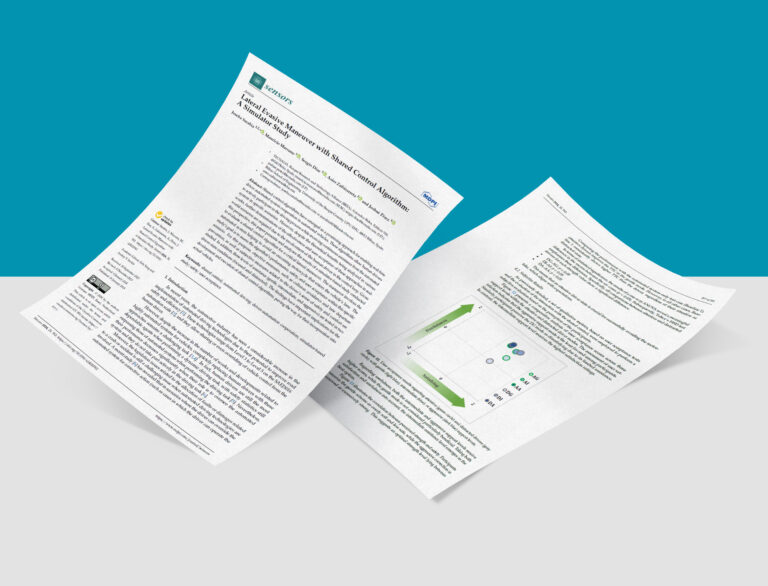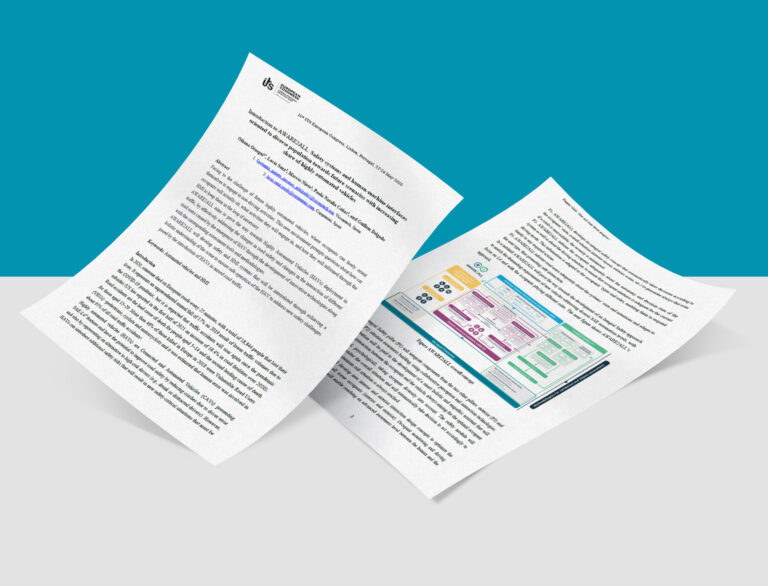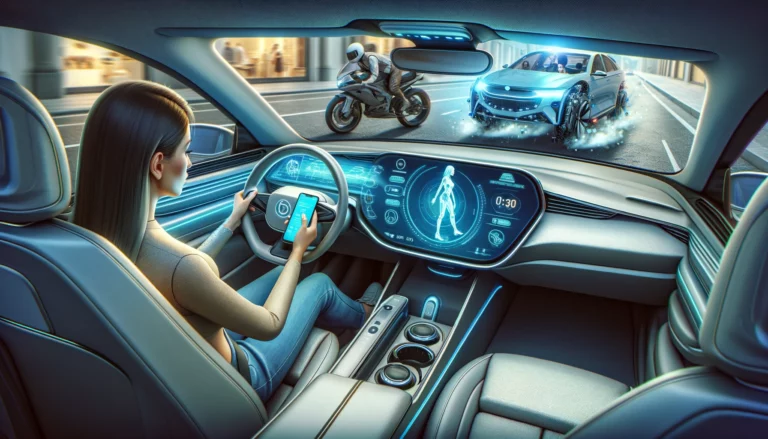
Lateral Evasive Maneuver with Shared Control Algorithm: A Simulator Study.
3 / 07 / 24
In Sensors Journal, was presented this paper introducing Lateral Evasive Maneuver with shared control algorithm to the world. Don't miss the chance to read more about AWARE2ALL and see its evolution.


